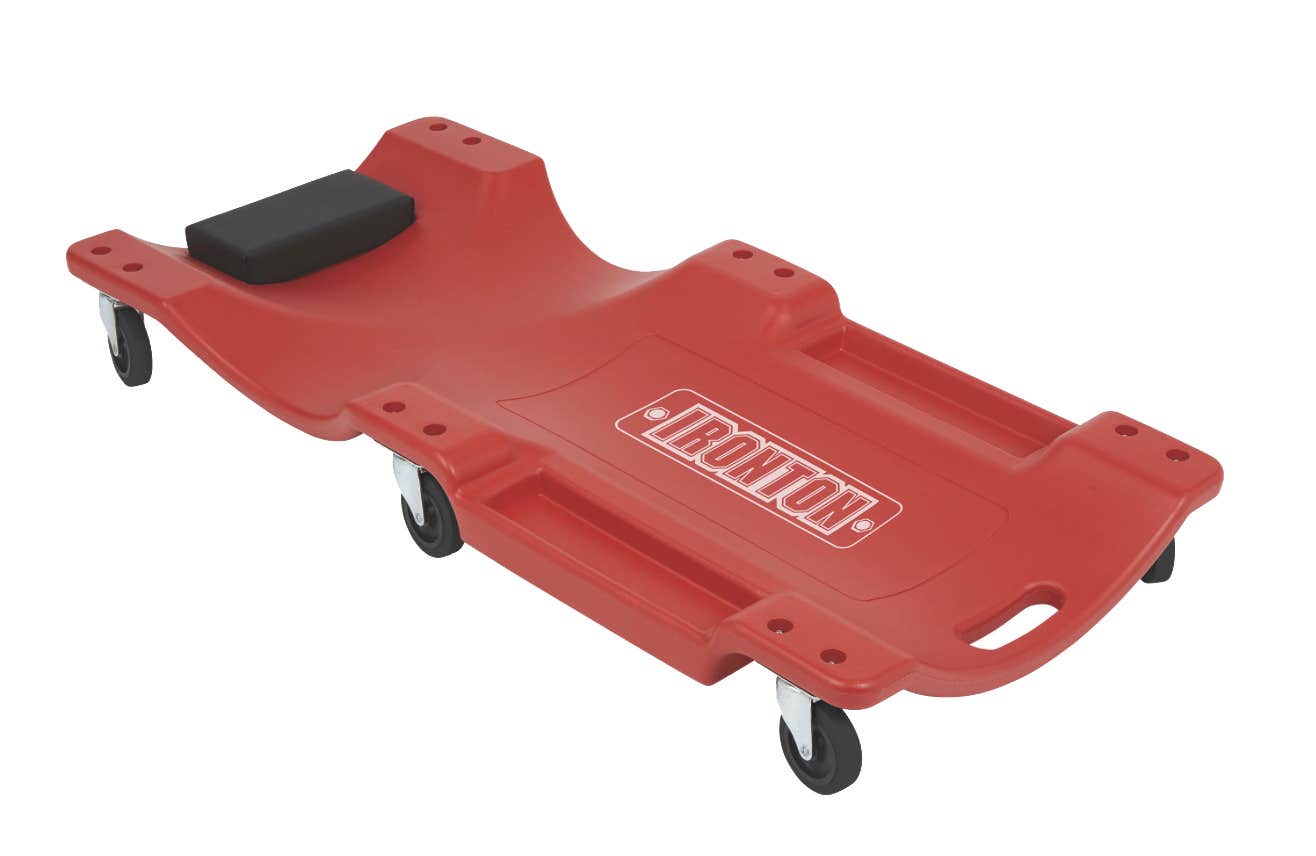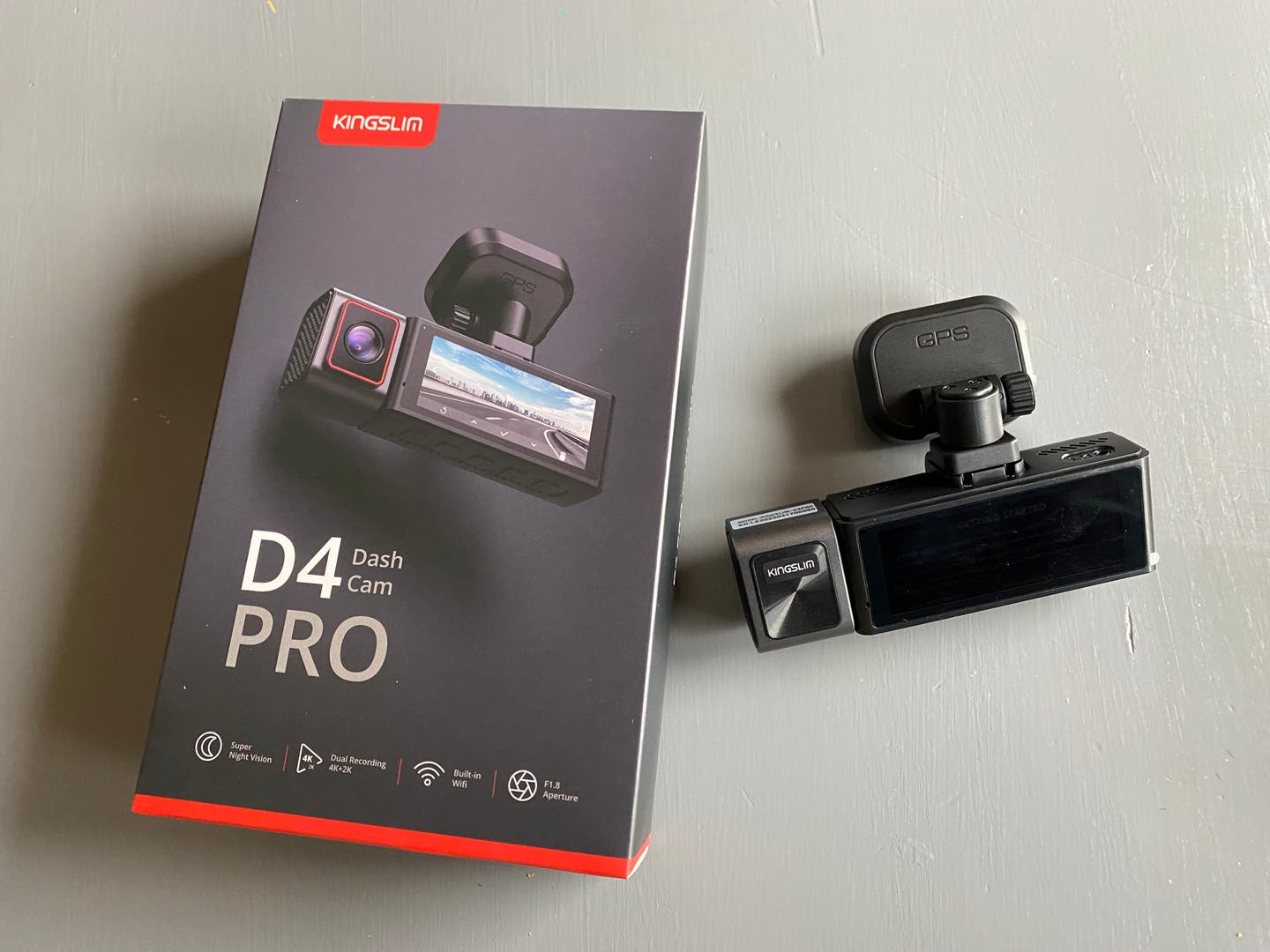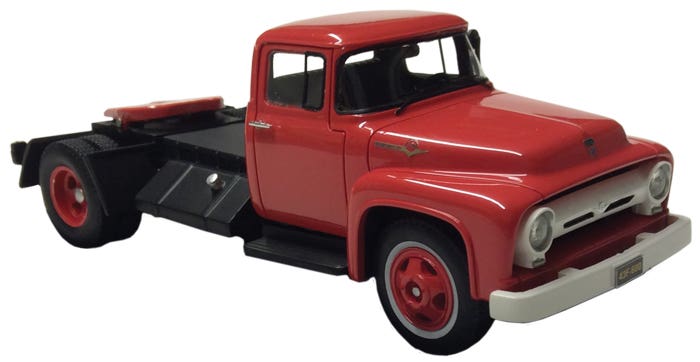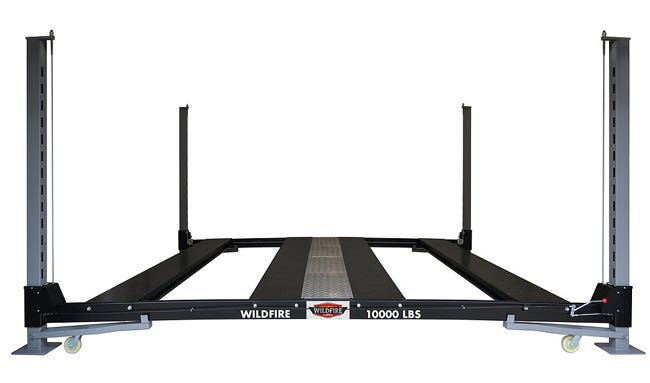Book Review: Hot Wheels The Redline Era
New Hot Wheels book by Angelo Van Bogart chronicles the Redlines era
One day a couple of years ago while I was cleaning out the attic in my house I opened our 100-year-old trunk to see what it contained.
At the bottom I found a huge stack of comic books from the ’60s and ’70s, which I thought was pretty cool. Next to a bunch of old family photos was a 1969 Hot Wheels Collector’s Case, which really caught my eye. Inside the case were 13 early-released Hot Wheels redlines. Redlines of course refer to the red-striped tires featured on Hot Wheels cars from 1968-1977. These redlines belonged to my uncle when he was a kid, and they had been in this trunk for over 30 years.
Though the cars were well preserved in the collector’s case inside the trunk, several of them showed signs of classic wear: chipped paint, bent axels, and missing stickers. After all, they were meant to be played with, right?
But I was so excited! I felt like a little kid who got the Christmas present he always wanted. Even though I knew these redlines were not pristine or rare, hence, not going to be valued in the thousands of dollars, I was still happy and honored to have these little icons in my possession.
Hot Wheels cars have such a unique history, and it’s during the redline era where the story begins.
By the late ’60s Mattel was already an American toy-making pioneer, having hit the jackpot nearly a decade earlier with the release of the Barbie dolls line in 1959. Lightning was about to strike twice when Mattel co-founder Elliot Handler knew the company had to create new pocket-size die-cast cars that not only looked better than the competition, they had to roll better than the competition, as little had been done over the years to improve the movement of toy cars.
It seemed obvious Mattel would develop and release such innovative, cool-looking, and fast-moving cars. But Handler’s concept was originally met with little fan fare when presented to Mattel’s marketing department in 1966, simply because the die-cast toy car market was saturated and ruled by Matchbox and Tootsietoy.
But Handler was determined to make his vision a reality, hiring Fred Adickes to create a design team for the new toy car. Former General Motors stylist Harry Bentley Bradley soon joined the Mattel staff, sketching Handler’s visions of what these cars should look like.
Engineer Jack Malek believed mandolin string could be used to make the cars spin fast and smooth. Engineer Howard Newman went even further by creating a straight-axle suspension that would allow the cars to bounce like real cars while rolling smoothly on the mandolin wire.
Designer Rick Irons was responsible for creating the cars’ package. Contrary to Matchbox, who hid the cars in their famous blue-and-yellow boxes, kids would be able to see these new bright-colored cars on clear plastic blister packs, with a wave to the top of the card that complemented the iconic flame design.
Originally called “California Customs,” the brand name was soon changed after Handler saw Harry Bradley’s 1964 yellow El Camino and referred to it as one set of “hot wheels.”
With a packaged product now in place, it was time to sell Hot Wheels cars to retail store toy buyers. In a private viewing, Kmart’s boys’ toy buyer Ken Sanger saw a Hot Wheels car pitted against a Matchbox car down a stretch of track. Impressed, Sanger ordered 50 million Hot Wheels cars for his store, predicting that Mattel would be able to sell every car it produced. Sanger’s prediction proved correct.
In 1968, the toy world changed forever when Mattel released the first 16 Hot Wheels redlines, launching one of the most successful toy lines in history. Today, 41 years after their debut, over 4 billion Hot Wheels cars have been produced, with a Hot Wheels car purchased somewhere in the world every six seconds.
No reference book captures Hot Wheels redlines more brilliantly than Angelo Van Bogart’s (author of the enormously successful "Hot Wheels 40 Years") latest work "Hot Wheels Classics The Redline Era". Well-written and organized, Van Bogart gives you the complete history of Hot Wheels redlines spanning the years 1968-1977.
“The new book is more of a car-by-car look at the most popularly collected era of Hot Wheels—the first 10 years in which redlines were originally manufactured. The story is also told in the context of the era with some other pop culture references,” said Van Bogart.
Featured in each chapter (split by year) are the names of the cars released that year, their designers, additional play value features if applicable, the category/series the cars belonged to, also if applicable, and a brief, general description of the cars. Some cars include a rarity alert, describing the hard-to-find variations of a particular car and a general value it can command if a price can be determined.
Some pages include quotes from the designers who made the car featured on the page. “I found it very interesting that the designers used to run over to the new-car dealerships when the new cars came out in fall to photograph the cars for possible new castings,” said Van Bogart.
Complementing the well-written text are over 500 beautiful full-color images featuring the most pristine redlines ever captured. “Trying to find redlines of a high quality to photograph was difficult, especially examples of those cars that are not widely collected today because they are not necessarily valuable,” said Van Bogart.
More than four decades after their debut, Hot Wheels cars have gone through countless changes, successes, trials and tribulations, and ultimately created one of the greatest American toy stories of all time. But it’s one single feature that still defines for many their greatness: the Redline.
MORE RESOURCES FOR CAR COLLECTORS FROM OLDCARSWEEKLY.COM








